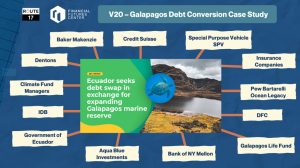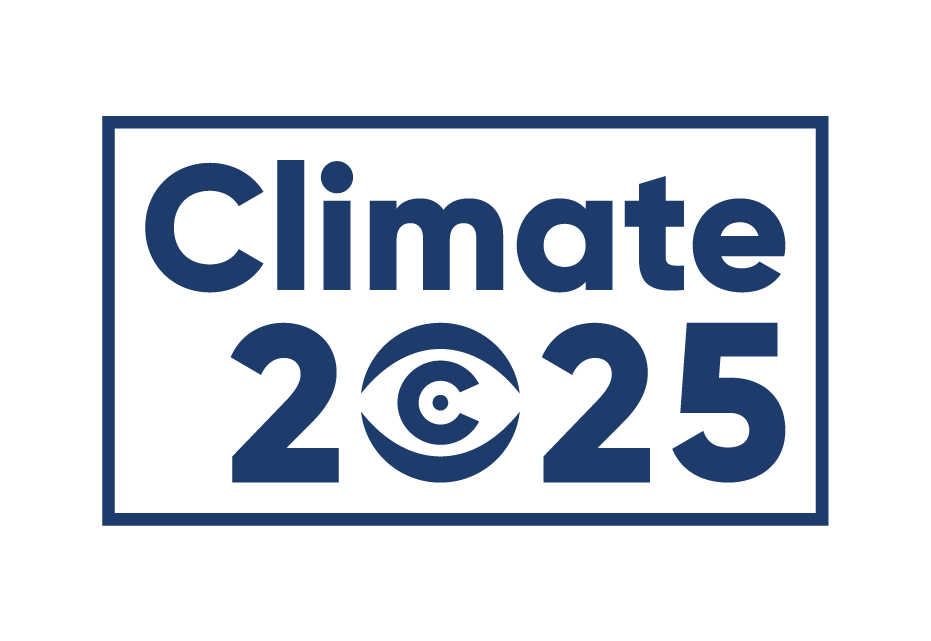Petersberg Climate Dialogue 2022
Session 3: Deep Dive “Adaptation & Loss and Damage” (Weltsaal)
July 18, 2:30 pm Berlin time
Delivered by Sara Jane Ahmed
Climate Breakthrough Awardee 2021
Covid, debt, and the prevailing fuel and food crisis driven by the current war are triple hammer blows. Most vulnerable nations not only take on such compounded threats from inside the climate emergency. They also face them from a standpoint of systemic economic and fiscal impediments to action.
But as we know from the IPCC, the climate crisis is only getting started. Its latest report indicated that some climate impacts like extreme heat spells are set to double in scale by 2030.
Vulnerable economies may be wealthier and more resilient even since the Paris Agreement was adopted. And this is because, climate vulnerable countries are, in fact, growth engines of the world economy, and will be future markets of far more than their 1.5 billion people of today.
Yet, as last months’ V20 report indicated, they would already be 20% wealthier now without climate change’s adverse effects. For the most at-risk, they would already be twice as wealthy.
Facing a further doubling of impacts, they are doomed to fail if the international community ignores the legitimate appeals for support from those least responsible for this crisis.
The question is no longer whether the international community should support countries grappling with the impact of climate change now, it is about how to do so effectively.
And also: “When Is Now?” When do we decide to course-correct to steer the world economy away from this crisis?
The longer support consistent with the scale of the challenge is forestalled, the quicker the fallout from the climate frontlines will be felt by the rest of the world.
As the CVF said in 2009: “the fate of the vulnerable will become the fate of the world.”
Lost steam in the new emerging economies will sting far more piercingly in a world market plagued by rising inflation, capital markets in free-fall, and faltering re-openings.
It will also bite all the more deeply for leaders of wealthy and responsible nations whose ethical stigma for failing to extend the hand of adequate support can only increase.
Low-income countries will have to pay USD 11 billion in debt servicing payments this year. In 2024, a lot of the debt in developing countries will be due to be paid. What is the plan when the most vulnerable economies begin to default en masse?
When countries like Sri Lanka hit bankruptcy, instability and disruptions to daily life and economic activity become acute. The simultaneous failure of multiple economies would only guarantee chaos.
I believe we are all already aware:
- That a dollar invested in effective prevention of which there are many options – through climate adaptation – yields a clear dividend in time;
- That communities recover far quicker and more effectively when financial protection like insurance and disaster relief programs are in place ahead of time;
- That renewable energy already yields better in most cases than fossil power.
To invest, however, requires capital. And the capital intensiveness of climate adaptation, disaster risk reduction, and renewable energy is higher than for the more risky and climate-problematic alternatives.
If interest rates in rich countries are 2-4 percent today, they are 6 to 25 or more percent in the poorest and most vulnerable. This is enough to render commercially unviable most adapted infrastructure or renewable energy projects, since who can afford the extra cost?
What is more, a UNEP study estimated that over 10% of the capital costs facing vulnerable economies are already due to climate change risks alone.
Countries are confronting that massive overpricing of capital from situations of limited and shrinking fiscal space.
In a further perverse negative feedback loop, whatever fiscal space is available is increasingly attributed to fire-fighting the climate emergency.
The Maldives, for example, spends up to 50% of its budget to deal with the effects of accelerated coastal erosion.
Because many of the most vulnerable are already over-indebted if not in debt-distress, it is neither possible to borrow out of this trap.
The heatwave gripping Europe this week and the out-of-control fires they fuel are far more manageable on this continent than in vulnerable nations around the world.
To give one example: in wealthy economies, insurance is widespread, and covers a broad range of climate-threats spanning health to infrastructure and livelihood assets like digital devices or vehicles. This kind of financial protection enables communities to recover quickly and effectively with minimal impact on growth and livelihoods.
In the climate vulnerable countries, the financial protection gap against climate risks has been estimated at 98%! When a market is operating at only 2% of its full potential, it translates to a lack of scale and with it, affordability challenges that limit uptake.
This is why G7 should be congratulated for recognizing the need to provide premium subsidies. This incredibly strategic avenue to close the protection gap needs urgent delivery.
Through the Global Shield, the scale up and scope of financial protection solutions much further, is an utmost priority, and to make funds available for loss and damage, to reduce the cost of capital holding back climate action investments that vulnerable countries want, and to promote climate-smart debt restructuring.
Appropriate, transparent and nimble delivery structures must be strengthened or developed, including through national, sub-national or community access points. For example, the Philippines’ People’s Survival Fund is accessed by sub-national governments and communities. Rwanda’s Green Fund FONERWA has the environment and finance ministries working together to deliver a transition towards climate prosperity. These efforts can be strengthened with international capital and economic cooperation.
Ultimately, the Africa COP27 will fail if it does not put in place a “Global Shield” against the living climate emergency that is fit-for-purpose for the most vulnerable. Fortunately, the necessary ingredients for it to succeed are known. What is lacking is for the world’s wealthy and responsible nations – all of them – to step forward with delivery and implementation.




